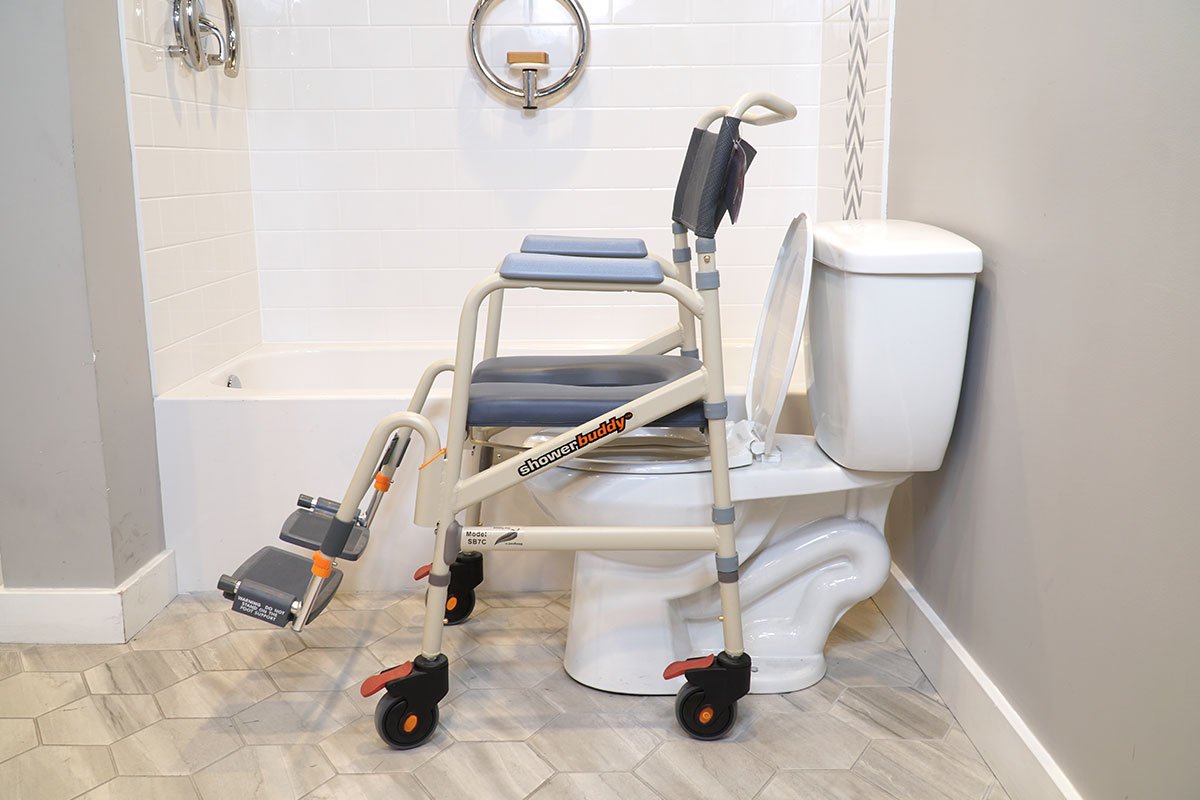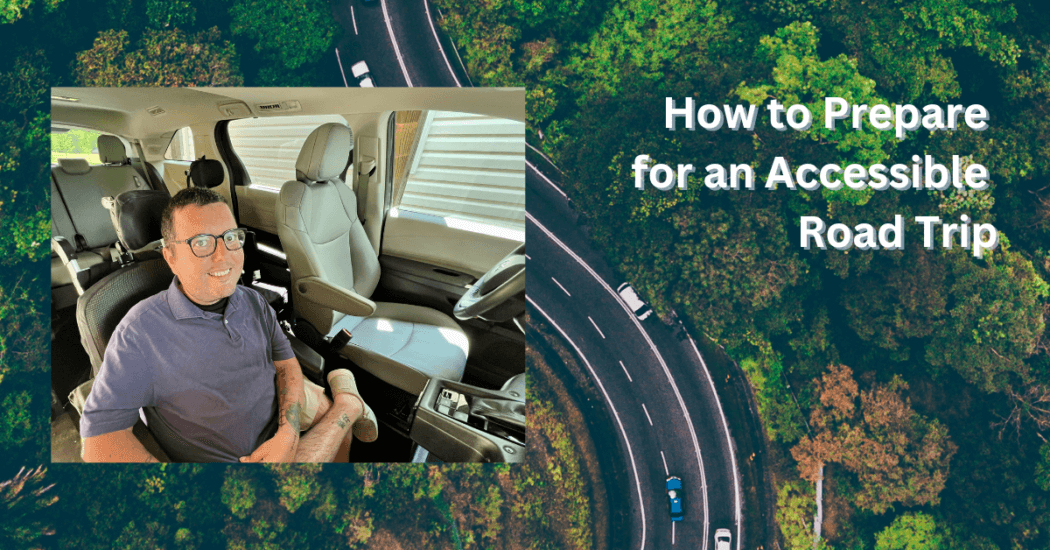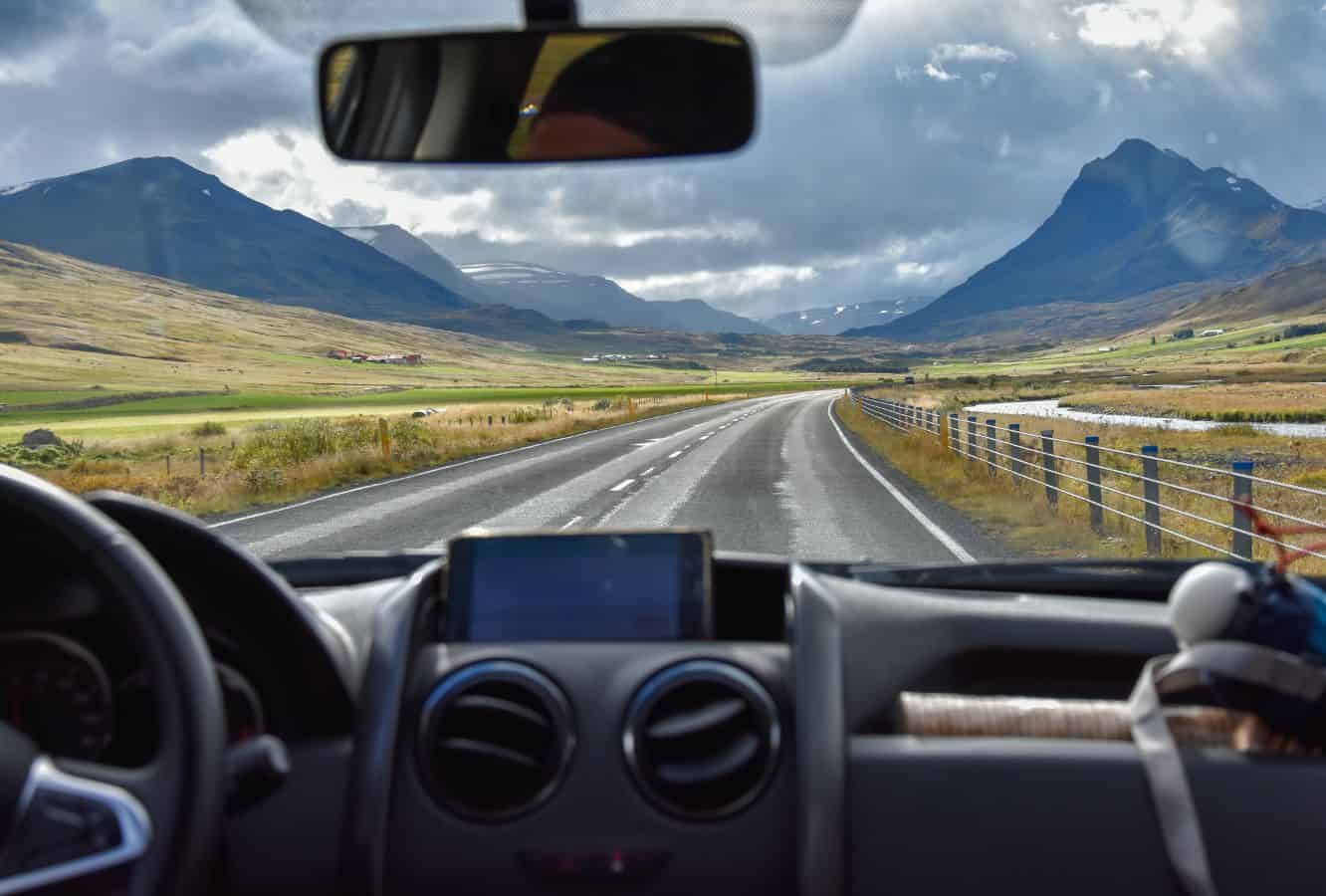Traveling can be a joyful experience, but for those with disabilities, it can also come with unique challenges. Whether you’re planning a road trip for leisure or need to get to a family event, ensuring comfort and accessibility, especially when it comes to bathrooms, is crucial. In this guide, we will explore everything you need to know for a successful road trip, share personal insights from my travels, and provide valuable resources. Let’s dive in!
Understanding the Needs of Travelers with Disabilities
Road trips are often seen as a great way to explore new places at your own pace. However, for disabled travelers, certain considerations must be taken into account to ensure a seamless journey. Here are the primary areas we will cover:
- Essential Equipment and Products
- Accessible Bathroom Facilities
- Travel Tips for Enhanced Comfort
- Destination Highlights for Disabled Travelers
- Pros and Cons of Traveling with Disabilities
Essential Equipment and Products for Road Trips

Before hitting the road, it’s important to gather the necessary equipment that caters to your needs. Here’s a detailed list of must-have items for disabled travelers:
1. Wheelchair and Mobility Aids
Whether you use a manual wheelchair, an electric scooter, or crutches, ensure that they are in good condition before the trip. Consider renting if you’re traveling by plane and need specialized equipment at your destination.

2. Travel Beds and Cushions
Portable travel beds and cushions can help provide comfort during long hours on the road. Cushions offer extra support and can prevent pressure sores for individuals who may sit for extended periods.
3. Accessible Toileting Equipment
Consider portable commodes or urinals, which can be vital for long stretches without easy bathroom access. Various options are available in the market, and I’ll cover some top-rated products shortly.

4. First-Aid Kits
Always have a well-stocked first-aid kit on hand, including any specific medications needed for chronic conditions.
5. Navigation Apps
Using apps like Google Maps or dedicated disability-focused applications can help you find accessible paths and amenities along the way.

Accessible Bathroom Facilities Along the Route
Finding suitable bathrooms while road-tripping can feel daunting. Here’s how to make it easy:

Planning Your Stops
Using resources like the AccessibleGO website can help you identify locations with accessible restrooms. This platform provides user-generated reviews and photos of facilities across the country.
| Facility Type | Accessibility Rating | Notes |
|---|---|---|
| Rest Areas | ⭐⭐⭐⭐ | Most have accessible restrooms, but check for specifics. |
| Fast Food Chains | ⭐⭐⭐⭐⭐ | Generally equipped with accessible options and changing areas. |
| Gas Stations | ⭐⭐⭐ | Varies by location; confirm accessibility first. |
Portable Accessibility Solutions
If you anticipate difficulties finding suitable restrooms, consider packing a portable toilet or urinal. Here are two highly-rated products based on user reviews:
1. Cleanwaste Go Anywhere Portable Toilet
Rating: ⭐⭐⭐⭐⭐
This compact, lightweight portable toilet is an excellent option for road trips. It comes with disposal bags and is easy to use. Ideal for emergency situations, it supports up to 350 lbs.
2. Travel John Disposable Urinal Bags
Rating: ⭐⭐⭐⭐
The Travel John urinal bags are convenient for men and women alike. They absorb liquid and eliminate odors, making them perfect for long stretches between stops.
Travel Tips for Enhanced Comfort
Now that you have the essentials packed, it’s time to think about making your journey as comfortable as possible. Here are some travel tips based on personal experiences:
1. Schedule Frequent Breaks
Planning for regular stops is essential. Aim for every two hours, allowing time for stretching and using the restroom. This can prevent discomfort and make the journey more enjoyable.
2. Stay Hydrated but Plan Accordingly
Drinking water is important, but it also means more restroom breaks. Bring a water bottle that you can refill easily and be strategic about when and where to drink.
3. Bring Entertainment
Make the road trip enjoyable with audiobooks, podcasts, or music playlists. This can keep spirits high, especially during long stretches of travel.
Destination Highlights for Disabled Travelers
Let’s not forget about the fun part: exploring amazing destinations! Here are some accessible travel spots that cater to disabled travelers:
1. National Parks
Many national parks offer accessible trails and facilities. For example, Yellowstone and Yosemite have designated paths that are wheelchair-friendly, allowing everyone to enjoy nature.
2. Major Cities
Cities like San Francisco and Chicago are known for their accessibility. Public transport systems are equipped with ramps and elevators, making it easy for disabled travelers to explore these vibrant urban environments.
3. Beach Resorts
Some beach resorts have dedicated paths and access points for wheelchairs. Destinations like Miami Beach and Waikiki offer rentals for beach wheelchairs, ensuring everyone can enjoy a day by the sea.
Pros and Cons of Traveling with Disabilities
Considering both sides can help set realistic expectations for your road trip. Here’s a breakdown:
Pros
- Personalized Experiences: Tailor your itinerary to suit your needs.
- Increased Awareness: Help raise awareness about the importance of accessibility.
- Unique Perspectives: Experience travel from a different point of view, often leading to meaningful connections.
Cons
- Limited Accessibility: Not every location will be fully accommodating.
- Increased Planning: More detailed planning is often required, which can be time-consuming.
- Physical Fatigue: Travel can be tiring, especially if careful attention isn’t given to comfort needs.
Personal Travel Experiences
Having traveled extensively with a family member who requires mobility assistance, I’ve learned valuable lessons. One memorable trip was a road trip through the Pacific Coast Highway. The scenic views were breathtaking, but we encountered challenges with restroom access in rural areas. Planning our stops using accessible resources helped alleviate much of the stress.
Another time, we stayed at a beach resort where the staff went above and beyond to ensure accessibility. They provided beach wheelchairs, allowing us to enjoy a sunset stroll by the ocean—a moment I’ll never forget.
Frequently Asked Questions
What are the best travel destinations for disabled travelers?
Destinations such as San Francisco, Orlando, and Washington D.C. offer various accessible attractions, making them fantastic options for disabled travelers.
How can I find accessible bathrooms while traveling?
Use apps like AccessNow or the aforementioned AccessibleGO to locate nearby accessible bathrooms. Planning your route with this in mind can make all the difference.
Are there any specific laws for accessibility in rest areas?
Yes, the Americans with Disabilities Act (ADA) mandates that public facilities, including rest areas, must offer accessible options. However, the quality and availability can vary, so it’s wise to check before you travel.
What should I do if I encounter non-accessible facilities?
Document your experience and report it to the management of the facility. Feedback can contribute to improvements in accessibility standards.
Conclusion
Traveling with disabilities can be a fulfilling and enriching experience with the right planning and resources. By focusing on accessible facilities and incorporating personal insights, we can create an inclusive travel environment for everyone. Remember, each road trip is an adventure; pack your spirit of exploration, and enjoy the ride!